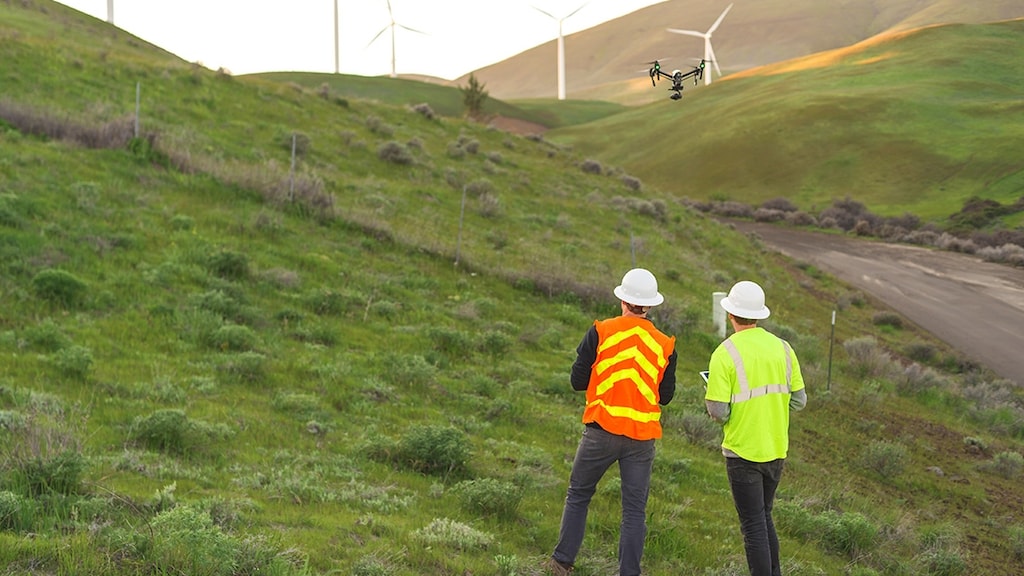Between now and 2020, investment bank Goldman Sachs forecasts drones will become a booming US$100 billion market, driven by rising demand from the commercial and government sectors.
There is substantial work taking place around the world to facilitate commercial drone activities. Examples of large-scale delivery drone projects already under trial include Google's Project Wing, and Amazon's Prime Air.
As drones become more commonplace, Chief Financial Officers (CFOs) may need to consider how they can be used in their own businesses and how their partners, suppliers and customers will adopt them. CFOs should also ensure their operations are protected from surveillance drones launched by competitors with ill intent.
Laws that govern the use of drones for recreational and commercial purposes are evolving. In Australia, the federal government's Civil Aviation Safety Authority (CASA)'s website is a resource to check the rules around how drones can be used for commercial purposes.
The British Standards Institute is apparently also developing standards for drone safety, and these guidelines have the potential to have broader global application.
Drone adoption is rapidly increasing for both hobbyists and for commercial use in a wide variety of business areas. This extends beyond professional photography and filming or the suggested rollout of routine delivery services of items such as pizza or an Amazon paperback.
Drones are a huge disruptor for the transport industry in particular, says Eliza Woodward, CEO of Awaydrone which provides drone detection and protection services.
She says the ability for drones to enable fast deliveries is expected to slash workloads and production costs for many businesses. “They are also a game changer for the security industry, by the way they improve visual monitoring," says Woodward.
Drones also have multiple military and law enforcement purposes, she says. “Beyond that – mapping, filmography, advertising, insurance, manufacturing and exploration will realise advantages in adopting drone technology," she adds.
Woodward says businesses need to develop the capability to detect, identify and assess friendly and unfriendly approaching drones. They also need to be able to stop a drone incursion safely and turn them away from an airspace.
Future use of drones
While currently an emerging area, it is likely that industries will continue to investigate how the use of drones could translate to improved bottom line performance.
Nick Smith is the founder of drone directory Drones for Hire. He says a huge amount of work is being done to determine the many different ways drones can be used commercially.
“Many are essentially a flying camera, which is why drones naturally started off in the real estate, film and TV industries, taking aerial shots. If you want to sell a house, an aerial photograph will provide an interesting perspective to promote it," he says.
Smith believes drones have an especially big future in construction – one example is providing images to enhance progress reports on construction sites and even identify backlogs.
“Drones are used to take aerial shots of how a site is changing over time, identifying problems or waste," he says. “A drone might take an image of a pile of sand that should have been moved three days ago," he adds.
They can also take multiple shots of a structure to help architects build 3D models and to compare the site's progress against the plans.
Asset inspection is another use. “Infrastructure like bridges and towers require regular inspection for maintenance and occupational health and safety," Smith explains. Drones can replace equipment like cherry pickers, scissor lifts and cranes commonly used for this type of work.
Drones fly around whatever they need to inspect and take lots of photographs of it, identifying cracks or corrosion, for example. These images are then sent to the asset owner to help them develop a program of work around it.
This capability could provide a useful service to CFOs, investors and other stakeholders because it will allow them to visually inspect an asset anywhere in the world.
There are also plenty of applications for drones in agriculture with the use of a special type of camera. Regular cameras see three bands of light, red green and blue (RGB), whereas hyperspectral cameras used in agricultural drone videography see many more light bands across the electromagnetic spectrum.
“When flying over a crop the camera senses the ground, determining the health of that crop. The sensor measures the light reflecting from the leaves or the foliage of the plant, which can help determine the plant's health," Smith says.
“It's much more accurate than a farmer driving around the farm in a tractor and using subjective judgement to assess a crop's health," he adds.
Building aptitude
It could take time for finance chiefs to fully understand the advantages and potential of drone technology and to work out how it might apply to their organisation – whether as a tool to be utilised or as a threat to be neutralised.
CFOs might consider undertaking a strengths, weaknesses, opportunities and threats (SWOT) analysis and consider the many ways drones might impact their operations, both positively and negatively.
Another option may be to see an industry-wide perspective, working with relevant trade associations.
CFOs may also decide to investigate further by consulting with drone businesses about their views on the potential uses in a particular sector.
Key Takeaways on Future of Drone
- Drones are already used in a variety of industries, such as real estate and motion pictures.
- Soon they will be more widely adopted in transport, construction and agriculture.
- A SWOT analysis can help CFOs determine the application of drones in their businesses.



